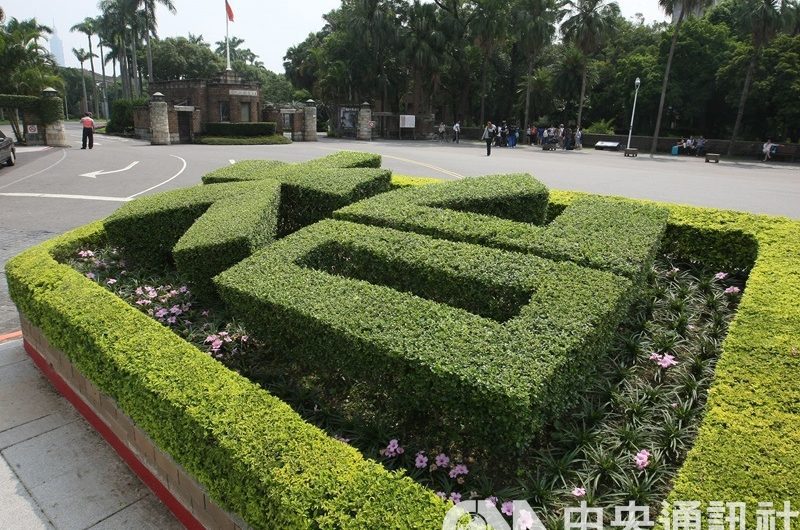China In recent years it has grown into a very solid player in the space sector. For some time now, we can hear about new missions every now and then. In December 2020, China brought samples of lunar regolith to Earth, within twelve days or so, the Chinese spacecraft will land on Mars (it is currently in orbit of the planet), and meanwhile, construction of a Chinese space station in Earth orbit is underway.
Long March 5B – a big missile and a big problem
The first unit of this station (called Tianhe) was launched into space on the night of April 28-29. This was done by the Chinese Long March 5B heavy carrier rocket, designed to carry large payloads into space. This is one of the first launches of the missile that started it Flights Only a year ago – at the beginning of May 2020. Unfortunately, the Long March 5B is now a problem for the whole world.
As we already reported on Wednesday, the main part of the missile was left in Earth orbit because China completely lost control of it. Scientists do not suspect that in the coming days it will slow down enough due to the remaining atmospheric particles that the process of clearing the orbit will begin. Uncontrolled.
The problem is the construction of the Long March 5B. It is a huge missile consisting of a main unit 30 meters long, 5 meters in diameter and weighing less than 22 tons, and four small boosters (missiles supporting the first stage). Flight). This large element that is slowing somewhere in orbit is a problem for us, because it will not have time to burn in the atmosphere before it reaches the surface of the Earth.
Long March 5B missile. The base unit is in the middle and four smaller boosters attached to the sides:
 Chinese space station launch Photo by Guo Winpin / Xinhua via The Associated Press
Chinese space station launch Photo by Guo Winpin / Xinhua via The Associated Press
And although scientists estimate that the probability of hitting populated areas on Earth is small, it cannot be ruled out. According to Jonathan McDowell of the Harvard Smithsonian Center for Astrophysics Quoting from Reuters, The missile will fall at relatively low latitudes. The farthest north is New York, Madrid, or Beijing, and the farthest south is Wellington, New Zealand.
where exactly? We’ll find out as soon as a few hours before we enter the atmosphere. However, since most of the land is covered by water, you will likely fall into an ocean. Cosmic debris of this size would likely disintegrate, and cosmic debris ‘rain’ would inundate an area of about 160 km. It will likely happen on Saturday.
‘Global responsibility’
The problem is that China doesn’t really care wash On removing the subsequent orbit of the missile divisions, hence the recurring problems in maintaining control over them. As the above-mentioned McDowell points out, the problem is also leaving very large chunks of missiles in low orbit. While smaller missiles (for example in the case of Falcon Heavy, only a small fraction of the rocket goes into orbit, and the rest of the missiles return to Earth) will burn up in the atmosphere, the larger missiles can hit the Earth. And the main part of Long March 5B is one of the largest human-made objects falling into the atmosphere.
Nowadays, it is good practice to perform accurate and controlled removal from orbit of such cosmic debris (in a way that it does not collide with the planet’s air). This, of course, requires additional expenses – taking more fuel, making additional calculations and “taking care” of the missile after its use.
But thanks to this practice, the missile elements used do not fall on our heads and do not, over time, collide with space debris (or worse, active satellites) into orbit. Although in theory international law does not require that missile elements be taken out of orbit.
 Chinese space station Photo by Jin Luang / Xinhua via The Associated Press
Chinese space station Photo by Jin Luang / Xinhua via The Associated Press
This will not be the first time
It is worth noting that the launch of the Long March 5B in April was not the first launch that could cause the missile fragments to fall to the ground uncontrollably. Such situations have actually occurred in the past. And while they usually end up going smoothly, there have been instances where space debris has caused damage to Earth.
As CNN reminds me, The first Long March 5B mission ended a year ago with a worn out missile core flying directly over Los Angeles and New York City, then sinking into the Atlantic Ocean. Single metal fragments But they did damage Many buildings in Cote d’Ivoire. Another case is the Tiangong Space Research Station 1, That fell in the atmosphere in 2018 in a way out of control.
However, in the past, there have been similar problems caused by structures outside of China. In 1979, the American space research station Skylab fell over Australia (fortunately in the desert). Then the local Australian authorities demanded compensation from NASA in the amount of … 400 only DollarsThe case quickly became a media sensation.
Another example is the fall of the Soviet satellite Cosmos 954 in northwestern Canada in 1978. Space debris containing radioactive fuel (there was a nuclear reactor on board) covered the surface of 124,000 square meters with debris. Km, and the cost of removing them is estimated at 14 million Canadian dollars. In the end, the Soviet Union paid Canada 3 million Canadian dollars in compensation, which was twice the amount requested (the Canadians were asking for 6 million dollars).
Space debris is a problem and in orbit
Another problem that is often discussed is the generation of space debris (intentionally or unintentionally) within Earth’s orbit itself. Experts estimate that at least 9,000 people are already above our heads. Tons of space debris, which translates into hundreds of thousands or even millions of smaller ones.
Tests of anti-satellite weapons or leaving missile elements used in orbits may increase avalanche in the number of fragments, some of which subsequently undergo uncontrolled ejection from orbit. That is why, among other things, NASA has strongly criticized the test of such weapons carried out by India in 2019. The experiment led to the creation of 400 new space debris, which threatened for several weeks (before burning in the atmosphere), among other things, the space station. International.







